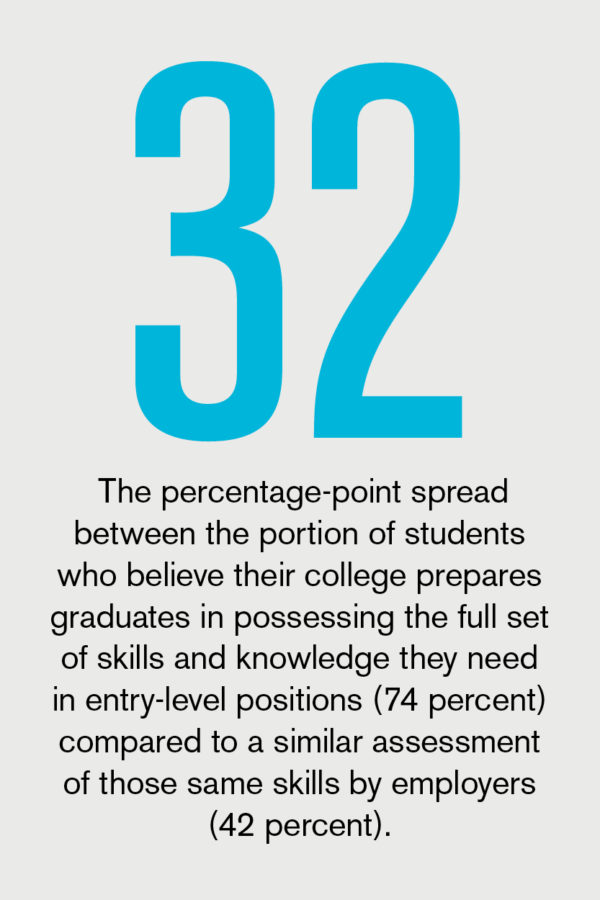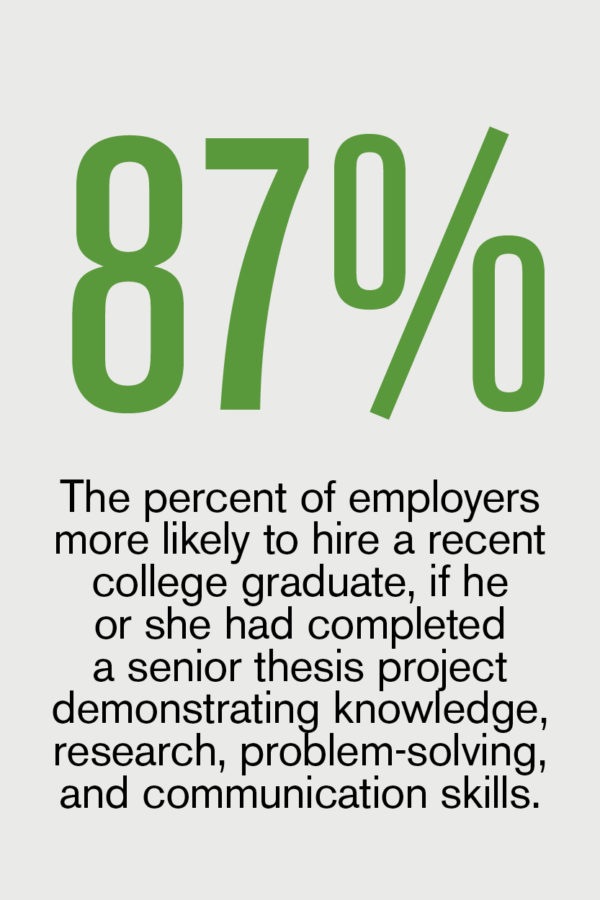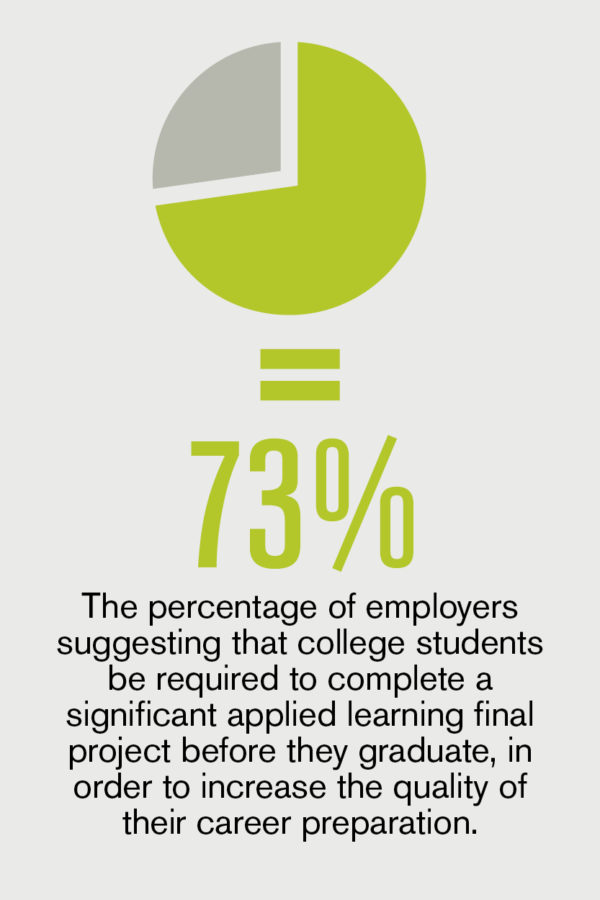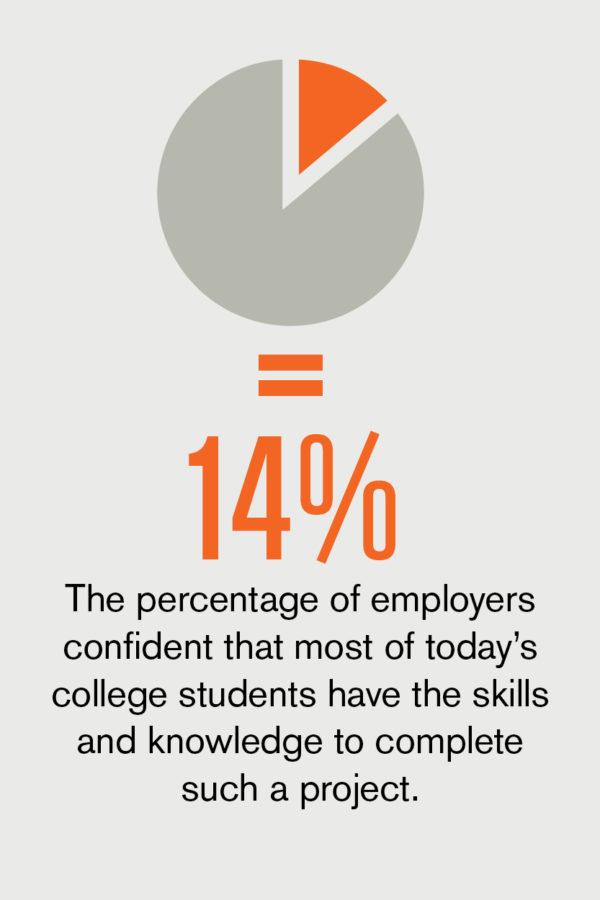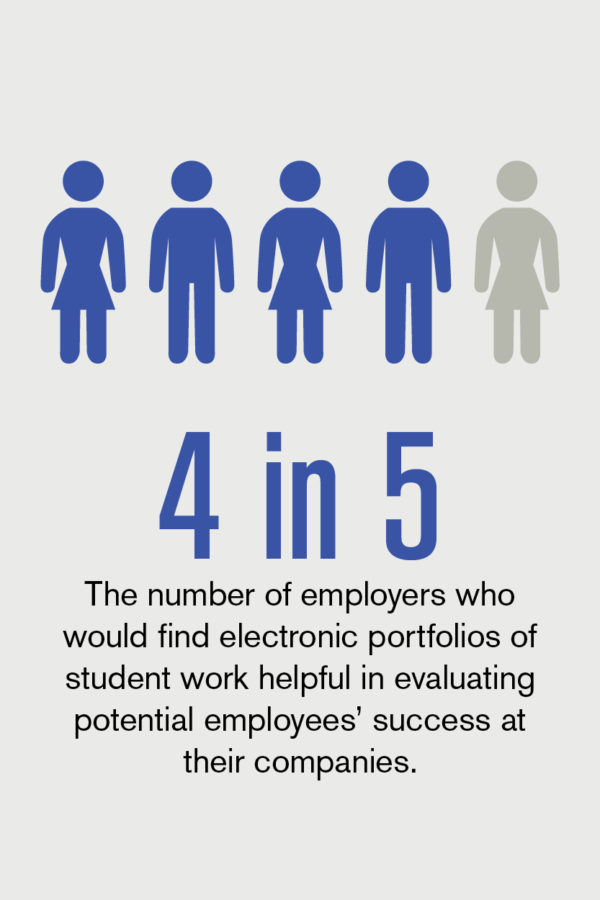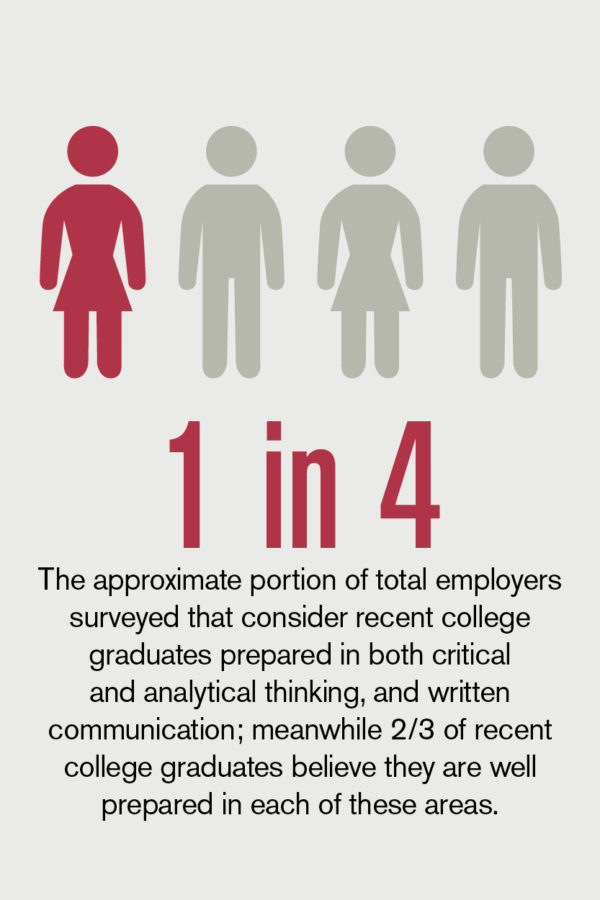Among the trends emerging in the new health-care delivery landscape is a move toward what Jeffrey Eyestone calls “retail health care,” such as stand-alone primary care clinics, or those that are incorporated into other retail outlets like drug stores or even grocery stores. Eyestone, executive director of health-care solutions for J.P. Morgan, goes on to explain that by partnering with diverse organizations and services, and extending their geographic reach with specialty- and primary-care locations throughout a city or region, university academic medical centers (AMCs) are competing directly with other niche providers.
These new business models (see a comprehensive discussion on this topic in “Academic Medical Centers: Mission-Centric Role Models”) are pushing AMCs to think about ways to expand their reach beyond the university’s local community, in part by leveraging the institution’s brand. For some, the specialty care that AMCs provide—for instance, cancer treatment—is also something that can be branded on a national or even an international scale, says Eyestone.
Imperative Process Improvements
As they transition into a retail health-care enviroment, how can AMCs sharpen their business and customer service edge? Eyestone works with nonprofit groups, higher education, and health-care organizations largely at the process improvement level and with client solutions that relate to the revenue cycle—specifically payables and receivables, and patient payment and collection. Part of his work includes helping organizations with the processes involved in establishing new business units, setting up satellite clinics, and instituting patient payment solutions.
“As basic as it may sound, putting payment systems in place that give customers the options they need and want, such as Web and mobile payments, can boost customer satisfaction,” he says. “It wasn’t that long ago that most of us went to the doctor and expected to be billed months later for that visit.
“Only more recently have we begun to ask patients for payment on the day of service.” And now the trend is increasingly toward accepting payment everywhere that a patient shows up. “Today, most emergency rooms are even equipped for collection,” he says. As such, patient payment satisfaction has become a performance metric, and AMCs now have to compete on the quality of their payment systems like any other provider, says Eyestone.
Catching Up With Corporate IT Systems
“The huge IT investments AMCs are making—and arguably must make—to upgrade systems go well beyond payment solutions to include electronic medical records, data security, data privacy, and so on,” he continues.
When considering that AMCs must compete with for-profit entities that have invested hundreds of millions in their IT systems and processes to consolidate billing and centralize operations, university and AMC leaders have to consider the burden of legacy systems that may not provide the speed and functionality AMCs need to remain competitive, cautions Eyestone. “Ongoing assessment of developing technology, services, and products that can help improve quality, operational efficiency, risk management, and client relationships are critical to survive and succeed.”
KARLA HIGNITE, Ogden, Utah, is a contributing editor for Business Officer.




